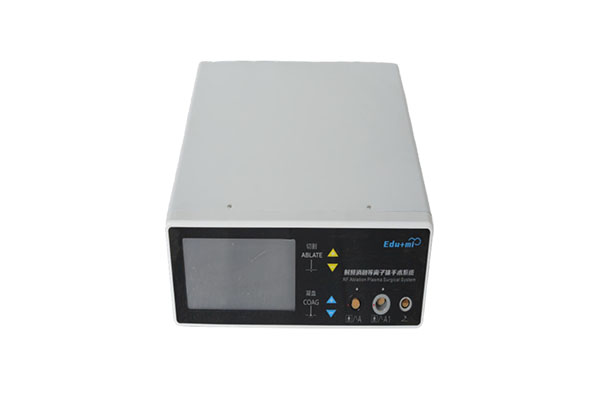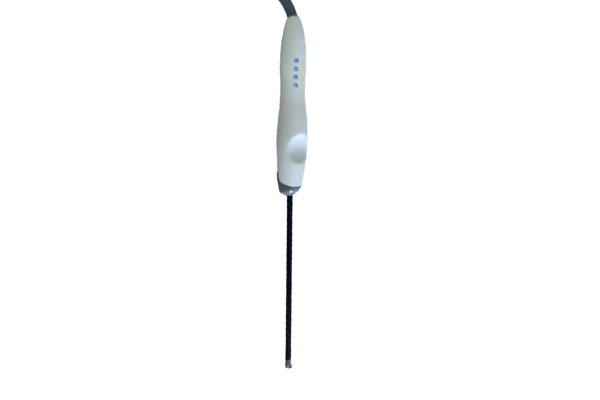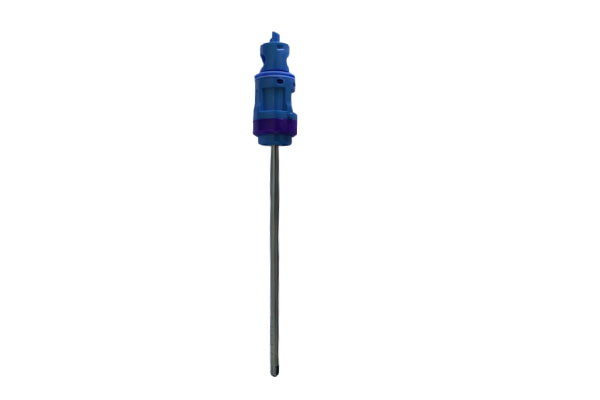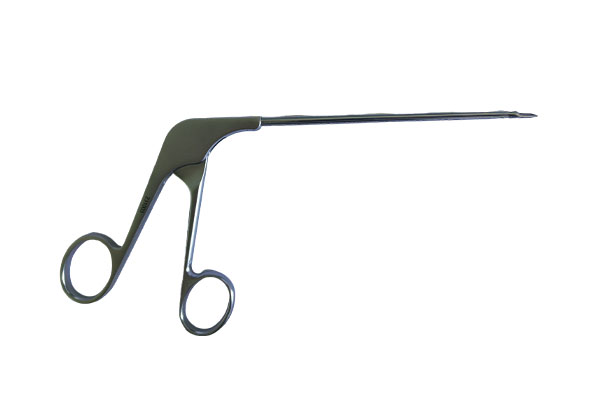How does the design of straight blue pliers avoid unnecessary damage to surgical tissue?
Release Time : 2025-01-29
In the medical field, the design of surgical instruments is crucial, especially those tools that come into direct contact with surgical tissue, such as straight blue pliers. These instruments must not only have efficient functionality, but also ensure that damage to tissue is minimized during surgery. The design of straight blue pliers fully embodies this principle, reducing potential damage to surgical tissue through a variety of clever design details.
The material selection of straight blue pliers is key. High-strength, corrosion-resistant materials such as high-quality stainless steel or titanium alloys are widely used in the manufacturing process. These materials not only ensure the durability and stability of the pliers, but also reduce the risk of tissue scratches or tears caused by poor material quality.
The tip design of the pliers has also been carefully considered. In order to avoid unnecessary damage to surgical tissue, the tip of straight blue pliers is usually designed to be smooth and without sharp corners. This design reduces the resistance of the pliers when clamping or cutting tissue, thereby reducing the possibility of tissue damage. At the same time, the fine grinding of the pliers tip also ensures a smooth transition during use, avoiding accidental scratches.
In addition, the clamping force of straight blue pliers is adjustable. Doctors can control the clamping force by adjusting the opening and closing degree of the pliers according to the needs of the operation. This design allows the pliers to remain stable when clamping tissue without over-pressing the tissue, thereby reducing tissue damage caused by excessive clamping force.
The operational flexibility of straight blue pliers is also an important aspect in its design. By optimizing the mechanical structure and joint design of the pliers, doctors can operate the pliers more flexibly, allowing them to easily reach and accurately clamp the target tissue during surgery. This flexibility not only improves the efficiency of the operation, but also reduces tissue damage caused by improper operation.
Finally, straight blue pliers require regular maintenance and care during use. This includes steps such as cleaning, disinfection and lubrication to ensure that the pliers are always in the best working condition. Regular maintenance and care can not only extend the service life of the pliers, but also reduce the surgical risks caused by instrument failure.
In summary, straight blue pliers effectively avoid unnecessary damage to tissues during surgery through careful design in material selection, tip design, clamping force adjustment, operational flexibility, and regular maintenance. This design not only improves the safety and efficiency of surgery, but also provides better protection for patients' postoperative recovery.
The material selection of straight blue pliers is key. High-strength, corrosion-resistant materials such as high-quality stainless steel or titanium alloys are widely used in the manufacturing process. These materials not only ensure the durability and stability of the pliers, but also reduce the risk of tissue scratches or tears caused by poor material quality.
The tip design of the pliers has also been carefully considered. In order to avoid unnecessary damage to surgical tissue, the tip of straight blue pliers is usually designed to be smooth and without sharp corners. This design reduces the resistance of the pliers when clamping or cutting tissue, thereby reducing the possibility of tissue damage. At the same time, the fine grinding of the pliers tip also ensures a smooth transition during use, avoiding accidental scratches.
In addition, the clamping force of straight blue pliers is adjustable. Doctors can control the clamping force by adjusting the opening and closing degree of the pliers according to the needs of the operation. This design allows the pliers to remain stable when clamping tissue without over-pressing the tissue, thereby reducing tissue damage caused by excessive clamping force.
The operational flexibility of straight blue pliers is also an important aspect in its design. By optimizing the mechanical structure and joint design of the pliers, doctors can operate the pliers more flexibly, allowing them to easily reach and accurately clamp the target tissue during surgery. This flexibility not only improves the efficiency of the operation, but also reduces tissue damage caused by improper operation.
Finally, straight blue pliers require regular maintenance and care during use. This includes steps such as cleaning, disinfection and lubrication to ensure that the pliers are always in the best working condition. Regular maintenance and care can not only extend the service life of the pliers, but also reduce the surgical risks caused by instrument failure.
In summary, straight blue pliers effectively avoid unnecessary damage to tissues during surgery through careful design in material selection, tip design, clamping force adjustment, operational flexibility, and regular maintenance. This design not only improves the safety and efficiency of surgery, but also provides better protection for patients' postoperative recovery.







